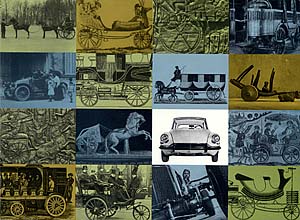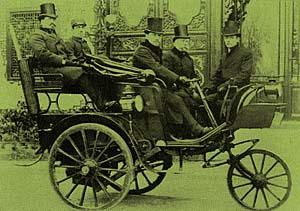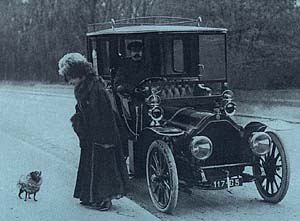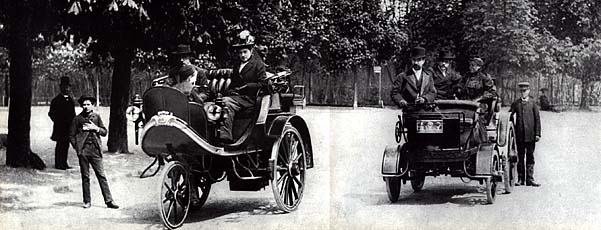|
||||||||||||||||||||||
 |
A SHORT HISTORY OF SUSPENSIONPart Five |
|
|
|
 |
 |
|
|
|
|
The solution would be to adopt a suspension with its flexibility varying on the basis of the load. The greater the weight to be carried the harder the spring would become. In this way, the correct behaviour of the suspension would be maintained. The flexibility of the spring would automatically be adapted to load variations. This solution exists. It is termed variable flexibility suspension, i.e., its flexibility decreases as the load increases. It will be seen
below how and why air -- air again! -- is in practice the most suitable
medium for this type of suspension. First, we must study some other
inherent suspension problems. |
|

Serpollet cars in the Bois de Boulogne. 1898 |
|
|
© 2000
Julian Marsh
|
|

